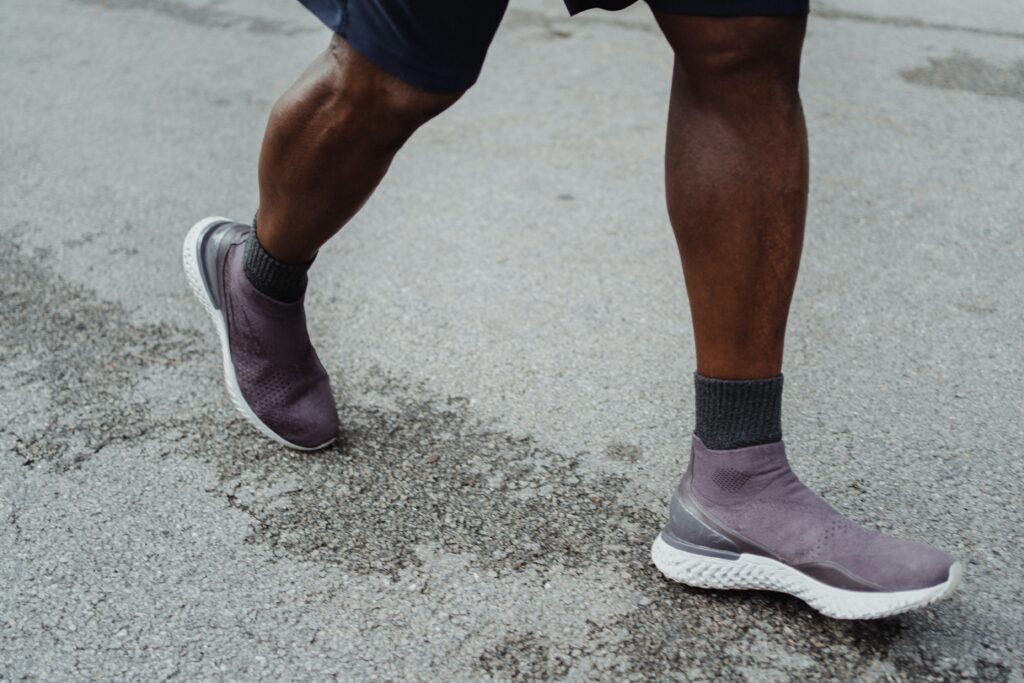Discover How Physical Therapy Helps Recover From Quad Strain
Introduction
Physical therapy can work wonders for physical health and promote recovery from various injuries, illnesses, and medical conditions, including chronic quadriceps strain. In this article, we will delve into how physical therapy helps people with this condition, what one can expect during therapy sessions, the different types of exercises that may be involved, the duration of recovery, and how physical therapy mitigates the risk of re-injury.
What to Expect in Physical Therapy?
At your first visit with a physical therapist, they will ask about your history and have you fill out paperwork. They will then perform a comprehensive evaluation involving physical exams, muscle strength tests, and range of motion assessments. Based on the results of your evaluation, your therapist will set a plan of care that may include manual therapy, therapeutic exercises, electrical stimulation, and/or cold laser.
Your manual therapy may involve massage-based techniques to promote relaxation and pain relief. Therapeutic exercises tailored to your needs will help you regain strength and range of motion. Electrical stimulation and cold laser may be used to target specific areas of pain and inflammation and promote healing.
In subsequent visits, your therapist will monitor your progress and adjust your plan of care as needed. With the help of a skilled physical therapist, you can recover from injury or manage chronic pain and achieve your optimal functional level.
The Types of Exercises You Might Do
Your physical therapist can help you with many different types of exercise to help improve your pain, movement, and overall activity level. Some examples include:
- Mobility drills that focus on improving flexibility in areas such as the hips, knees, or ankles.
- Strength training helps build muscles around the injured area which can improve stability and reduce the risk of re-injury.
- Balance exercises that focus on improving coordination between both sides of the body.
- Core strengthening exercises that focus on stabilizing the trunk and pelvis to help reduce low back or hip pain.
- Postural training improves posture, which can help reduce stress and strain on joints, muscles, and ligaments.
How Long Does Recovery Take?
The amount of time it takes for recovery can vary from person to person depending on the severity of the injury. Generally speaking, physical therapy sessions should last anywhere from 4-8 weeks with about 2-3 visits per week. During this time you may need to do some home exercises in between visits as well as be mindful of any activities that could aggravate your condition.
How Physical Therapy Prevents Re-injury
Physical therapy can prevent re-injury by teaching you how to manage your condition and live a healthy life. Physical therapists assess the entire body to find underlying problems causing pain or immobility. Exercises are prescribed to develop strength, flexibility, balance, and posture to enable you to return to normal activity without worrying about re-injury.
By working with a physical therapist, you can learn how to modify activities and movements to reduce the risk of re-injury in the future.
Conclusion
Chronic quadriceps strain is a common musculoskeletal disorder that can cause pain and difficulty in performing everyday activities. Fortunately, physical therapy can help to reduce pain and improve function by providing exercises that will strengthen the muscles supporting the joints in the lower body. Furthermore, with proper guidance from a physical therapist, you can learn how to prevent re-injury down the road.

